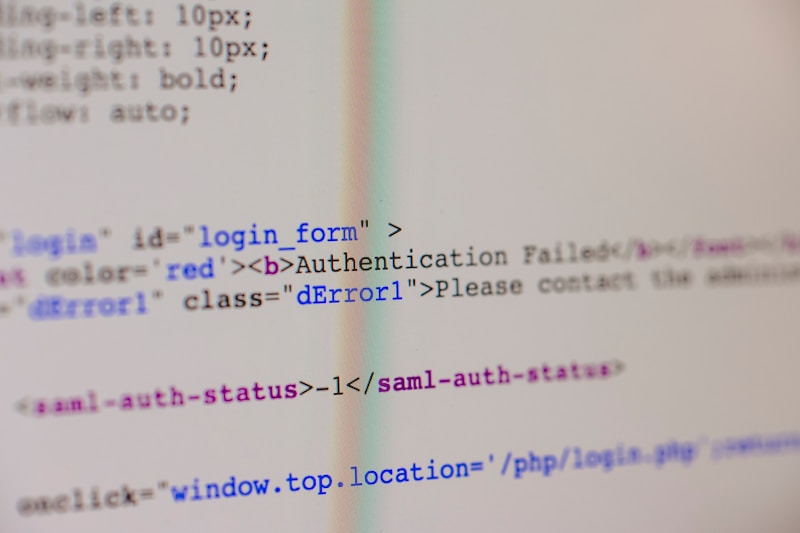18 Questions
What is the primary purpose of operationalising a variable?
To define and measure variables in a specific way
What type of phenomena can be measured through operationalisation?
Systematically measure processes and phenomena that aren't directly observable
Which of the following is NOT a common way to measure conceptual variables?
Survey research
What does reliability determine?
Whether a measure is consistent across different scenarios
How is test-retest reliability typically measured?
Through multiple administrations of a measure over time
What does internal consistency determine?
Whether a measure is consistent across different items in a study
What is the primary purpose of validity testing?
To ensure that a measure is focused on what it is supposed to be measuring
What does content validity determine?
Whether a measure seems to adequately measure different aspects of the concept
What is the primary purpose of experimental design?
To assess a cause-and-effect relationship between two or more variables through experimental manipulations of the independent variable
What is the main difference between experimental and correlational design?
Experimental design involves manipulating the independent variable, while correlational design does not
What is the purpose of a manipulation check in experimental design?
To check the effect of the manipulation on the dependent variable
What is the type of hypothesis involved in correlational design?
Correlational hypothesis
What is the primary advantage of using Likert scales in surveys?
They are easy to analyze and quantify
What is the effect of order effects on survey responses?
They can influence responses to later questions
What is the primary characteristic of good survey items?
They are brief, relevant, unambiguous, specific, and objective
What is the purpose of discriminant validity?
To determine whether a measure excludes other, distinct concepts
What is the main difference between criterion validity and discriminant validity?
Criterion validity determines whether a measure correlates with other, related measures, while discriminant validity determines whether a measure excludes other, distinct concepts
What is the primary purpose of control in experimental design?
To control for extraneous variables that can interfere with the detection of an effect
Study Notes
Operationalisation of Variables
- Operationalisation is the process of defining and measuring variables in a specific and clear manner.
- It is important for accuracy and consistency of measurement within a study and for replicability.
- Operationalisation allows for the measurement of processes and phenomena that aren't directly observable.
Measurement of Variables
- The three most common ways to measure conceptual variables are:
- Self-report paradigms (e.g. Likert scales)
- Behavioural observations (e.g. lab or field)
- Physiological markers (e.g. heart rate, blood pressure, hormones, or brain scans)
Reliability
- Reliability determines whether a measurement is consistent across different scenarios.
- Reliability is tested statistically.
- Types of reliability:
- Test-retest reliability: consistency across time
- Internal consistency: consistency across different items in a study
- Inter-rater reliability: consistency between researchers and replicated studies
Validity
- Validity determines whether a measure is focused on what it is supposed to be measuring.
- Types of validity:
- Face validity: whether the measure seems to measure the correct concept
- Content validity: whether the measure adequately measures different aspects of the concept
- Criterion validity: whether the measure correlates with other, related measures
- Discriminant validity: whether the measure excludes other, distinct concepts
Experimental Design
- Experimental studies aim to assess a cause-and-effect relationship between two or more variables through experimental manipulations of the independent variable.
- Manipulation of the independent variable is required, and extraneous variables must be controlled for.
- Types of experimental design:
- Between-participants
- Within-participants
- Mixed design
Correlational Design
- Correlational studies aim to observe the relationship between two or more variables without manipulating the independent variable.
- No manipulation of the independent variable is required, and less effort is needed to control extraneous variables.
- Type of correlational design:
- Between-subjects
Surveys
- Three main types of questions used in surveys:
- Likert scales (e.g. rate statement on a scale of 1-10)
- Category options (e.g. age ranges)
- Open-ended
- Survey responses can be influenced by:
- Order effects
- Choice options
- Social desirability
- Reliability and validity apply to surveys, with survey items needing to be consistent and measure what the research aims to measure.
- Characteristics of good survey items:
- Brief
- Relevant
- Unambiguous
- Specific
- Objective
- Characteristics of response scales/options:
- Mutually exclusive
- Exhaustive
- Sensible
- Balanced around a neutral midpoint
- Cronbach's alpha is a measurement of internal consistency, ranging from 0-1, with 1 being exactly the same and anything under 0.5 being unacceptable.
Learn about the importance of operationalising variables in research, including defining and measuring variables, and how it enables the measurement of non-directly observable processes and phenomena.
Make Your Own Quizzes and Flashcards
Convert your notes into interactive study material.
Get started for free



